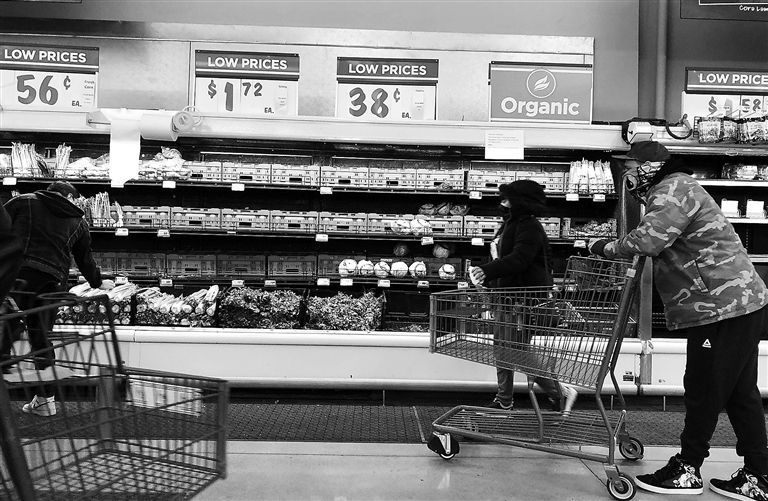
SOFTWARE engineer Robert Moran, 37, has switched to Lactaid milk as it doesn’t spoil as much, and is now buying cat food in bulk. These are some of the small changes in his spending habits that can help him save money. “Everyone is budgeting, everyone’s going for the bargains, for the coupons, there’s like an app for everything. So you definitely notice that something’s going on,” Moran said, after shopping at a Safeway store in Arlington, Virginia. The “new normal” shopping behaviors of Moran and his friends’ are a result of rising prices and reduced income amid the COVID-19 pandemic, which according to Moran, is “not a good combination.” According to data released by the U.S. Labor Department last week, U.S. inflation remained elevated in October as supply chain disruptions persisted, with the consumer price index (CPI) soaring 6.2 percent over the past 12 months, which marks the fastest pace in three decades in the country. The CPI surged 0.9 percent in October month on month after rising 0.4 percent in September, with the energy index up 4.8 percent over the month and the food index up 0.9 percent, the report showed. Surging food prices have also dealt a heavy blow to the restaurant industry, which has been struggling to recover from the pandemic. “A 40-percent price increase is considered a price increase with a conscience,” said Peter Chang, Chinese chef and restaurant owner. “The price of some products have already doubled.” “The breadth of price hikes continues to widen well beyond the industries most affected by the pandemic,” said Sarah House and Michael Pugliese, economists at Wells Fargo Securities. New vehicle prices rose 1.4 percent in October, while used car and truck prices rose 2.5 percent, analysts noted, adding that household furnishings, medicinal drugs, sporting goods and tobacco and smoking products also saw “sizable” price increases last month. “We are skeptical this scorching hot goods inflation will cool in the near term,” said House and Pugliese.(Xinhua) | 
